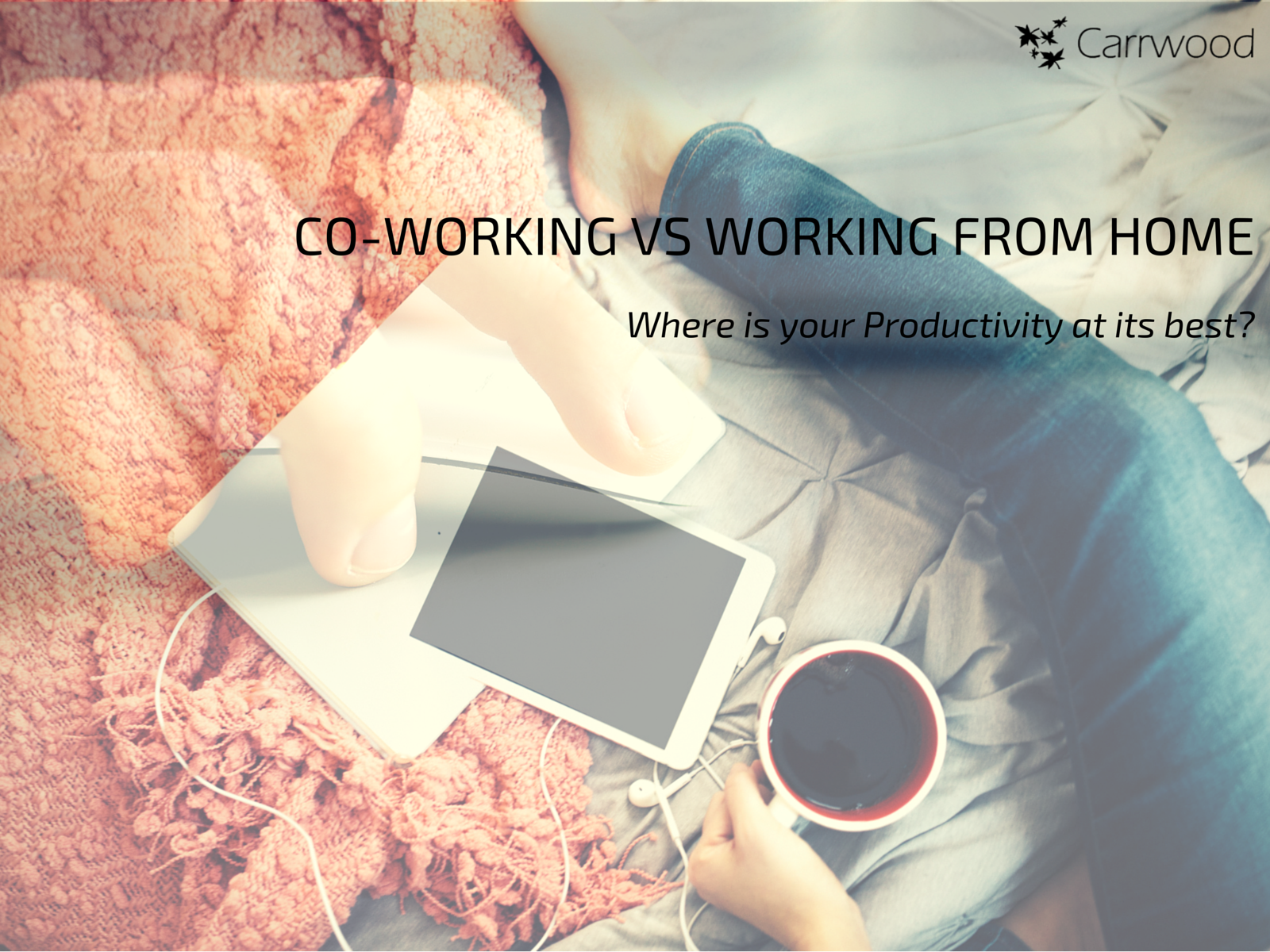With countless amenities on your doorstep, convenient transportation and a buoyant hustle and bustle that gets you ‘in the mood’ for work, the benefits of city centre working have long been established and exploited. But did you know more and more firms and working professionals are now seeking office space on the outskirts of a city?
According to a report in Property Wire, office take-up across the six biggest regional office markets in the UK, including Leeds, Manchester, Birmingham, Edinburgh, Glasgow and Bristol, increased by at least 30% in 2014.
As demand for office markets outside London looks set to continue, where is more beneficial for modern firms and professional workers to conduct their working day – is it better to have an office in the city centre or the outskirts?
Transportation
With bus routes, train stations, and tram stops around every corner, city centres are easy to get to and manoeuvre about in, hence their appeal to a broader workforce. However, we cannot ignore the fact that the vast majority of people in England and Wales still use their cars to get to work.
An RAC report released in 2013 found that seven out of 10 people in rural areas get to work by car rather than the train or bus.
We’ve all been there, anxiously ‘clock watching’ as we’re ground to a sickening halt in a queue in city centre traffic as an important impending meeting draws worryingly closer.
In short, offices located on the edge of town eliminate the problem of being stuck in city centre traffic.
With the majority of workers in Britain still using their cars to get to and from work and to meetings, an office that is close to major road networks but avoids congested city centres is an ultra-convenient and desirable option.
Of course we also cannot ignore the fact that many do choose public transport to get to work. As we wrote in an earlier blog about choosing the location of your office space, an office that is close to major roads and is also not far from public transport, such as bus stops and rail links, will mean workers traveling on public transport are able to reach the office with ease.
Good for clients
Not only are these convenient ‘out of the city centre’ offices great for workers but they also mean clients will be able to reach the venue without having the stress of wrestling with city centres – a valuable business asset.
Take Carrwood Park as an example. Here at Carrwood Park we are just two minutes from the M1 and 15 minutes from Leeds city centre, clients and potential clients will be able to locate the office with ease and feel fresh and optimistic when arriving to a business meeting.
On-site parking
Which brings us on to the issue of parking.
As most of us have experienced, parking in a city centre is not only painfully expensive, it can be nigh impossible.
City centre offices that do have on-site parking are a rarity and it is likely that these valuable spaces are snapped up by company directors or by long-standing workers.
By contrast, offices located on the outskirts of cities usually have room for everyone.
Talking about some of the benefits of renting office space on the outskirts of town, the popular entrepreneur website Evan Carmichael speaks of how “poor parking situations” can result in a “financial and personal concern for employees.”
“As long as your office space is still in a location served well by public transport, the major road networks will provide a relatively clear and simple route to the office, not forgetting, still keeping you as a business within easy reach of the central region,” writes Evan Carmichael.
Lower costs
And then there is the cost to consider. Statistics show that you can enjoy offices on the outskirts of town of exactly the same quality as their city centre rivals for cheaper. When working on tight budgets, renting office space just minutes from a city centre can make a significant difference to monthly overheads and ultimately company profit.
An asset to your branding
When the convenience, cost-effectiveness and ease of an out-of-town office is considered, opting for an office location on the outskirts of a city is likely to positively affect your branding.
As Carrwood Park wrote in a blog titled ‘How the look and location of your office can affect your branding’, without the headache of wresting city centre traffic, without having to pay elevated parking costs and with the convenience of being able to swing off the motorway into large, purpose-built grounds, employees, colleagues, clients and contractors are likely to show up to the office feeling relaxed, refreshed and ready to do business – a definite brand-enhancer!
For more information about WorkWell’s convenient, quality and friendly offices and meeting rooms on the outskirts of Leeds or Harrogate, download our guide to serviced offices.









